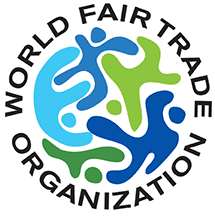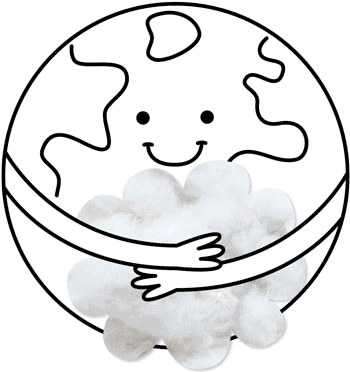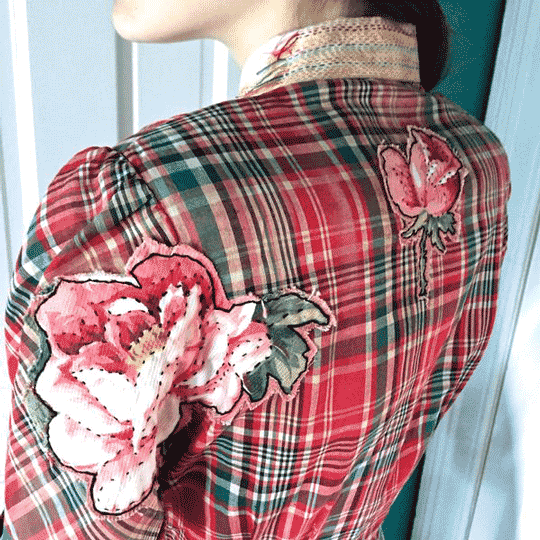The first part of this series focused on the negative effects at all different stages of the fashion industry. However, the prospects of the fashion industry are not entirely dooming. With a global push towards a more sustainable future and increasing pressure from consumers, many designers and fashion houses are making strides towards more ethical practices. This article will explore best practices in sustainability, the “movers and shakers” in the industry, as well as discuss other ways that consumers can make more informed decisions.
Problems begin at the production of the fibers themselves. First and foremost, moving away from using synthetic materials is key. By reducing the consumption of acrylics, nylons, and other harmful materials, the industry can minimize the number of microplastics that enter the ecosystem. This move will also help the industry shift away from using crude oil and other byproducts.
The initial assumptions would be to use renewable resources for large-scale production. However, as stated before, large scale agricultural practices, like that of industrial cotton, are also harmful to the earth. Fashion brands and consumers can do better by switching to organic cotton, hemp, linen, or even ethically sourced wool. In general, wool is extremely environmentally friendly, and in many cases can help support local farmers. These materials are also 100% biodegradable (when used on their own) unlike their synthetic counterparts.

Even more waste originates in the textile manufacturing process. One way to help reduce waste would be to work with smaller and local manufacturers. Working with local producers reduces the carbon footprint for shipping. These smaller companies also can take the time to optimize their practices, thus reducing material and energy waste. Another benefit is the humanitarian aspect, as smaller companies tend to pay better wages, treat their employees well, and run under better working conditions. Many of these companies may be considered Fair-Trade if they meet the requirements of the World Fair Trade Organization. An added plus to fair trade organizations is that many of them provide stable incomes for marginalized communities. Fashion designers and manufacturers who prioritize these fabrics reduce waste and ensure fair production.

In a sense, the majority of the pressure falls on the consumer. Consumers are the final destination in the chain of fashion, and since companies are in the business of making money, if consumers continue to demand more ethical and sustainable fashion, trends will force greater accountability. Consumers can also demand more transparency from these companies on how they source textiles and the carbon footprint of their supply chain.
Better than pushing companies with the power of money, a more sweeping approach would be a change in the overall ethos of consumerism. First, purchasing fewer things per year, and only when absolutely necessary, would reduce waste. Also, the misconception that once something is torn or broken it belongs in the trash should be corrected on a societal scale. If people mended, donated, or repaired the clothing they wore, millions of pounds of textile waste could be diverted from landfills each year.
All of these ideas have been considered and improved in the last few decades, but what does it look like to put them into practice? Many fashion companies and designers are embracing sustainability, but their approaches are varied.
One Brooklyn-based designer is taking textile waste and giving it a new life. ZeroWasteDaniel takes the scraps and offcuts from manufacturers and then stitches the pieces together to create a brand new textile called “reroll.” These multi-fabric bolts are then used in everything from face-masks to custom gowns. ZWD makes an effort to design patterns that are also zero-waste, which helps prevent more fabric from going into the landfill.
Redemption, a high-end fashion brand, is re-defining their processes and how they source materials. By using recycled raw materials and by-products from other industries, they are able to provide luxury fashion sustainably. Beyond using ethically sourced materials, they also continue to find processes and other manufacturers who are working towards sustainable practices. Redemption has also partnered with Canopy Style to ensure that their packaging and cellulosic fibres come from renewable forests rather than ancient/old-growth forests.
Some brands take their goal of being sustainable and ethical even further by going through the processes of providing clothing made of organic fibers and fair-trade practices. Pact is one of these companies. Not only are their clothes sustainably made, but they offer their customers the option to help offset the carbon footprint of the order, and encourage them to donate old clothes using the box their order comes in.

Beyond buying from companies that are dedicated to sustainability, consumers can also purchase clothing from second-hand stores that are high quality and in many cases helps various non-profit organizations. While some may find the second-hand life uninspiring, it’s possible to take these clothes and transform them into more fashionable or in-season items. In the past few years, a huge wave of interest in visible mending hit social media, and helps reinforce the idea of taking care of the things people own. Not only does this extend the life of the garment, it can be turned into a fun form of self-expression.

Sustainable and ethical fashion doesn’t need to drastically affect everyday life. People have way more power than they think, and by being more conscious of their decisions, they can make huge changes in the fashion industry. With so many people pushing for sweeping change, large brands and companies will listen, and start working towards a sustainable future.
